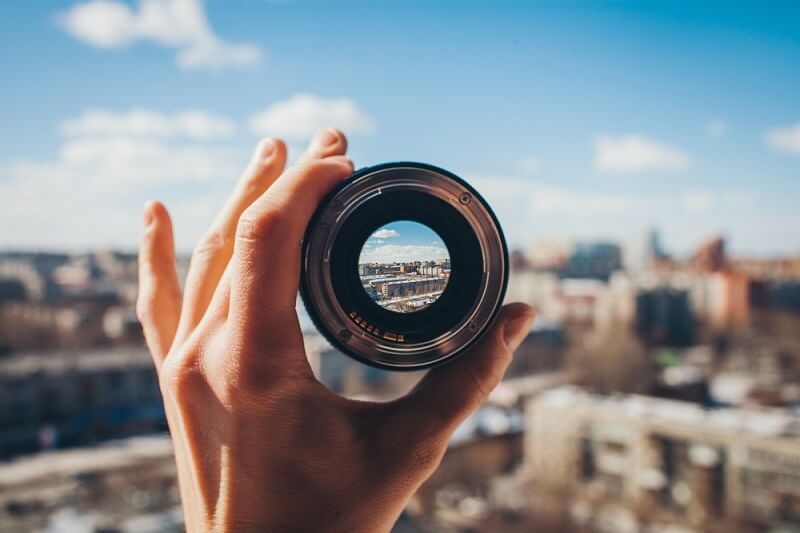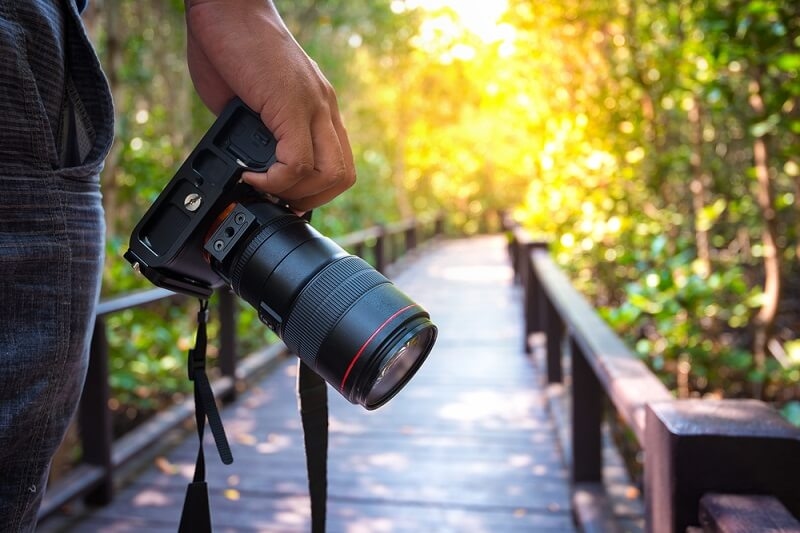
Landscape photography showcases a place's scope, mood, and essence. For Pittsburgh photographers, a city with its urban skyline, rivers, and infrastructure, the right lens will transition a flat snapshot into a fabulous image that captures the story of Pittsburgh. Finding the best lenses for city photography means not just specifications but matching the creative vision you see in your head with the mechanics that deliver the image you want to capture.
The following article offers a candid review of the best lenses for Pittsburgh landscape photography, including wide-angle options, budget-friendly options, and beginner-friendly options. Landscape photography lens suggestions for Pittsburgh photographers on a budget and lens options for shooting cityscapes in Pittsburgh can also be found here to help capture everything from the expansive views of Mt. Washington to the structural detail of a bridge spanning the Three Rivers.
Before jumping into lens suggestions, we need to elucidate why choosing the right lens is so critical for landscapes and cityscapes:
When it comes to Pittsburgh—where the grit of industry intersects with the beauty of nature—choosing your lens becomes a creative decision that will influence how you tell the city's story.

Before we look at the best city photography lenses, let's quickly identify some common lens categories that apply to landscapes and cityscapes:
Of course, wide-angle lenses are perfect for any panoramic view, skyline, or interior of an ample space. Lens guides mention that 10 mm to 35 mm are wide-angle focal lengths, allowing you to fit most of the scene in your frame.
Standard zoom lenses cover mid-range focal lengths, most often 24-70 mm, and generally allow for flexibility between wide city scenes and tighter shots of architectural details.
Telephoto lenses are typically not used for landscapes, but can be used to compress scenes. (70-200 mm or further), especially when trying to stack bridges, hills, and layers of a skyline.
While you may find that prime lenses are pretty uncommon, they are typically the sharpest and clearest lenses available. A prime lens also typically has wider apertures. A 35mm or 50mm prime lens may be the best affordable option for beginner photographers.
Let’s get into some practical reviews! While some models differ based on the camera manufacturer, the criteria for each camera type/genre are the same.
Why They Work:
The transient Pittsburgh skyline is experienced best from viewpoints such as Grandview Avenue or the North Shore. The wide-angle lens allows for the inclusion of rivers, bridges, and skyscrapers in one image.
Landscape Photography Lens Tips:
Best Options:
Why They Work:
There are times when shooting only wide frames is not an option. A standard zoom lens, like a 24-70mm, will allow you to switch from wide-sweeping scenes to architectural details quickly.
Best options:
Cityscapes Lens Recommendations:
You will want to use this lens range while walking along the Strip District or shooting market scenes where variety is key.
Why Do They Work?
Most people are conditioned to think of landscapes as wide shots, but a telephoto range of lenses can provide you with unique compressed perspectives. For example, shooting from Mount Washington with a 70-200 mm lens at a measuring distance can make the skyline printed with a patterned and dense look and provide emphasis unique to Pittsburgh's urban geography.
Best Choices:
70-200mm f/4 or f/2.8 Zoom: This is a standard lens for the type of compression shots in the city
Affordable Telephoto Zooms: A 55-250mm budget telephoto zoom gives you a good range of lenses, if not overly expensive.
Why They Work:
Primes like 35 or 50 mm offer sharpness, wide apertures, and affordability. For street and city photography in Pittsburgh, primes also excel at low-light shooting around nighttime riverside views.
Best Choices:
Beginner Lens Reviews:
Primes are perfect for learners—they force you to move around, think about composition, and sharpen your skills.
Not everyone can invest in professional glass. The good news is that many affordable lens options still deliver great results:
Beginner Lens Reviews Tip: Start with one good wide or standard zoom, then add primes later as you expand your creative range.
Having the right lens is one thing—using it effectively is another. Here are some practical strategies:
Every city has its quirks, and Pittsburgh’s character demands a thoughtful approach:
These cityscape lens recommendations help you capture Pittsburgh’s personality without overcomplicating your kit.
If you’re starting, the decision can feel overwhelming. Here’s a simple roadmap:
Building your lens kit slowly ensures you learn the strengths and weaknesses of each focal length without overspending.
It's easy to get caught up in specs, sharpness charts, and endless gear comparisons. But remember: the best lens is the one you have with you. Even entry-level lenses can capture powerful images with creativity, good light, and thoughtful composition.
Many beginners think they need the most expensive glass to succeed, but often the opposite is true. Starting with affordable lens options forces you to learn the fundamentals of framing, exposure, and storytelling before relying on premium gear.
Finding the best lenses for landscape photography in Pittsburgh is more than just about specs. It is about how the lens views and tells the city's story; how does it help you portray the skyline, rivers, bridges, and neighborhoods?
So, on that note...whether standing on Mount Washington, strolling across the Roberto Clemente Bridge, or exploring the Strip District, be sure that the lenses you pick for your camera are essentially about your impressions and evidence—i.e., your telling of the "west." Your lens is more than just glass; it is your way to "tell the story," or "your story."
With practice, patience, and the right photographic equipment, you'll find your own way of "seeing" Pittsburgh—and your photos will accurately reflect the beauty of the city's landscape and your adventure as a photographer.
This content was created by AI